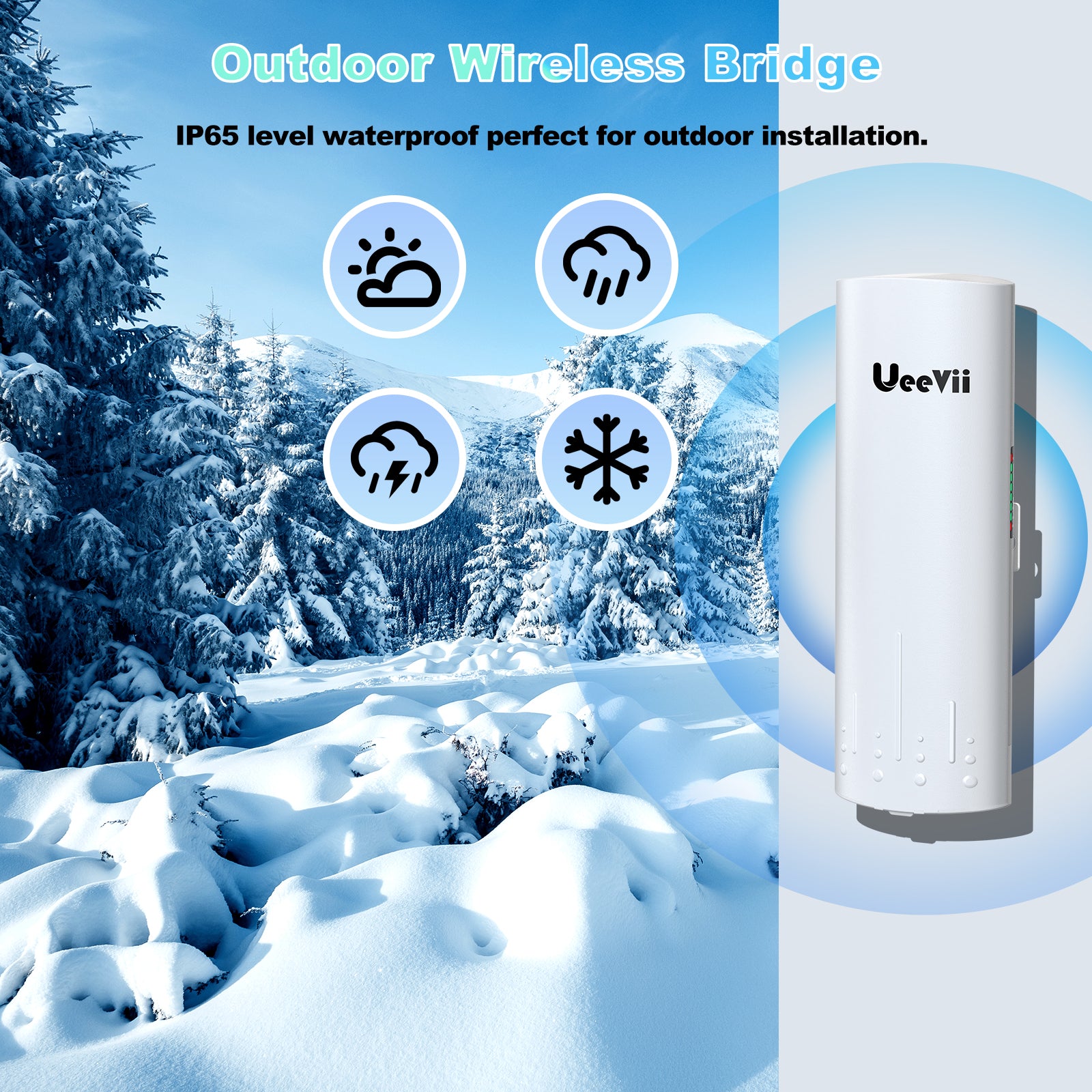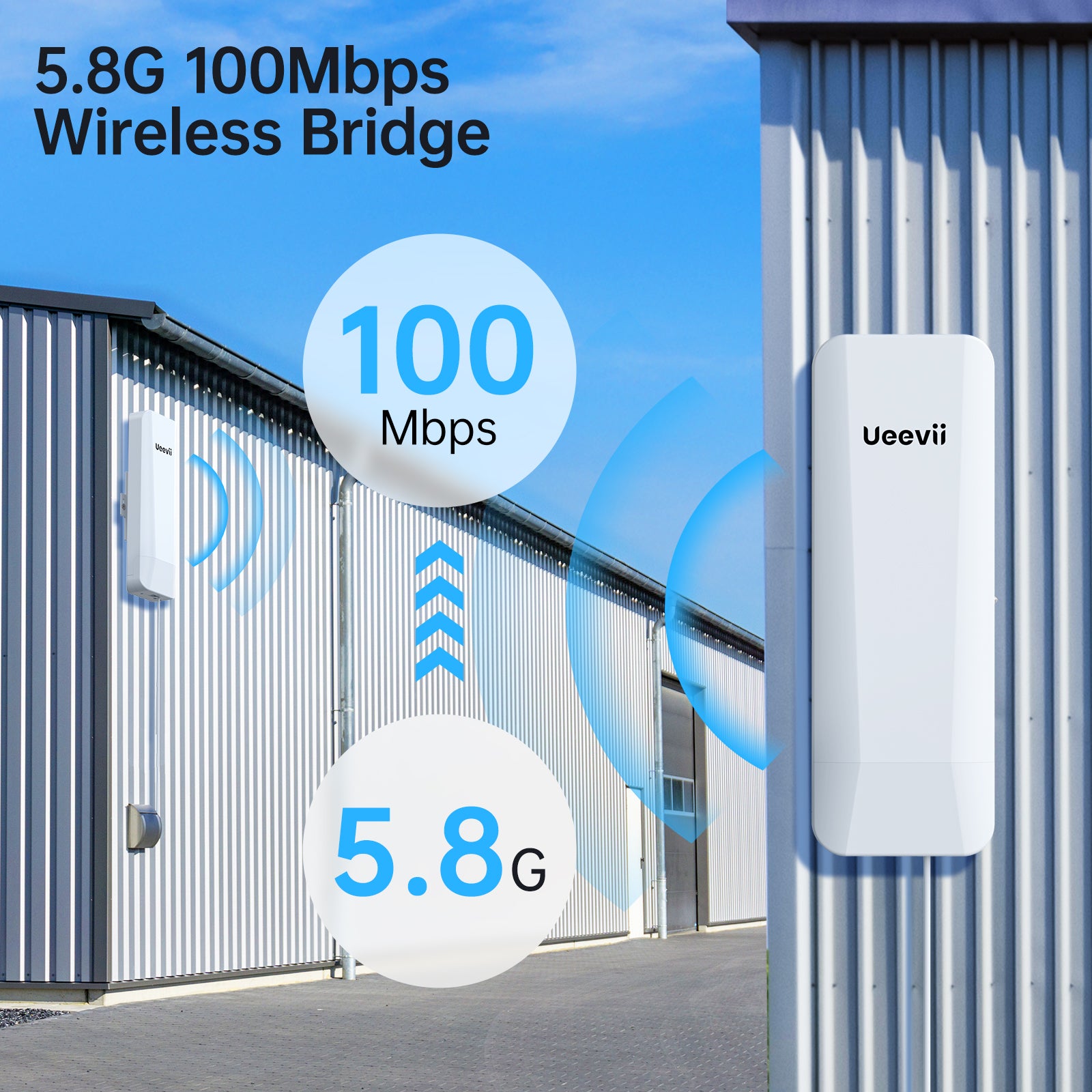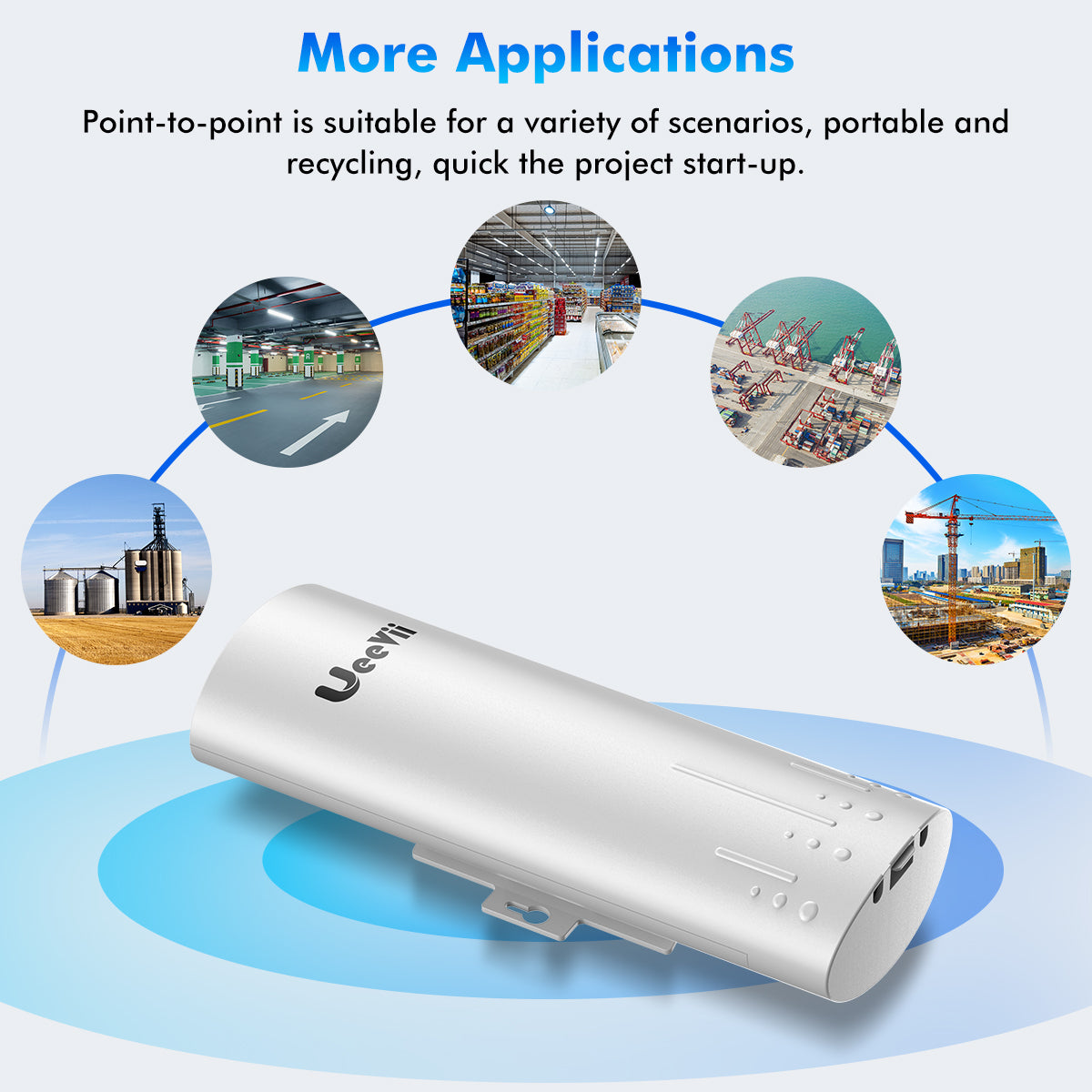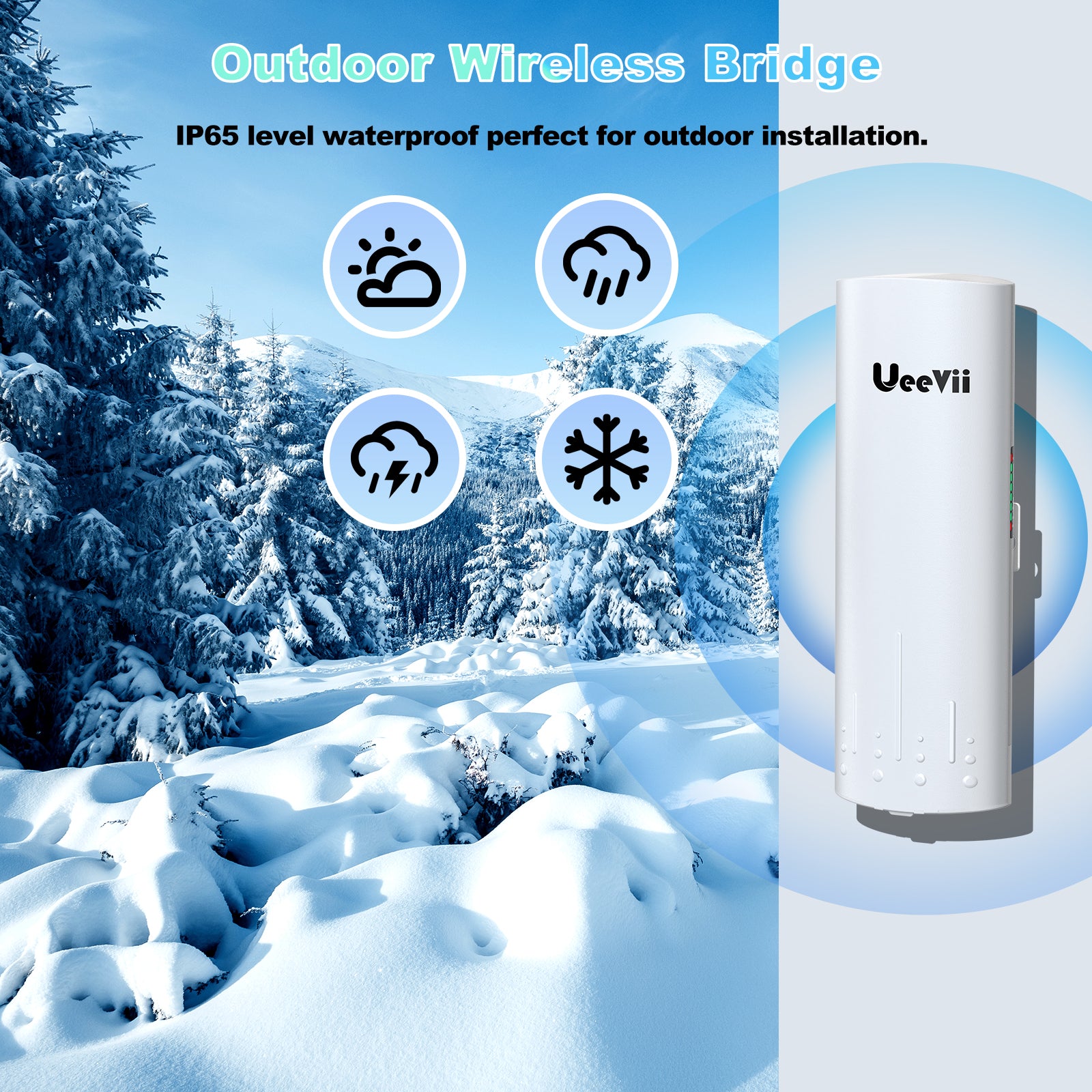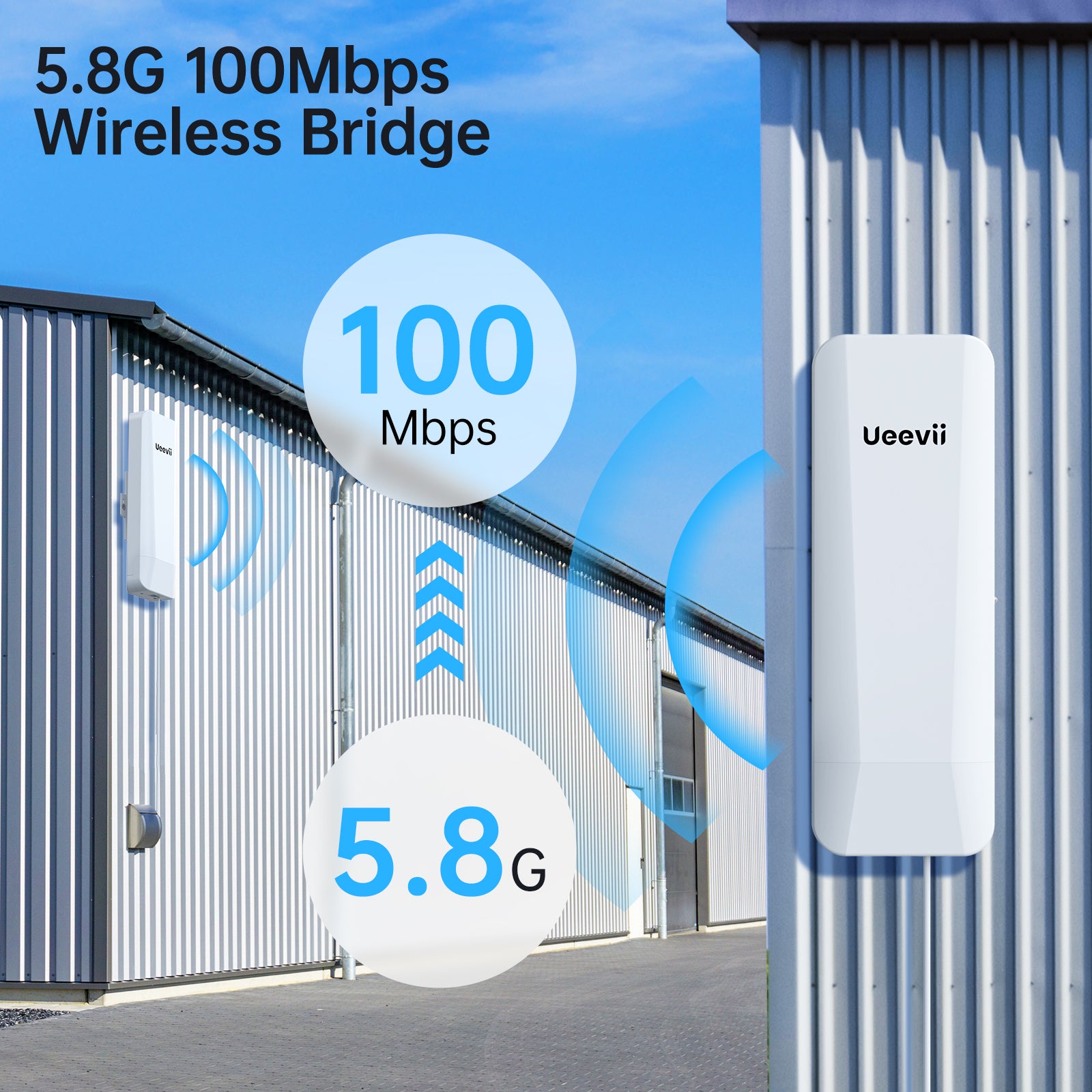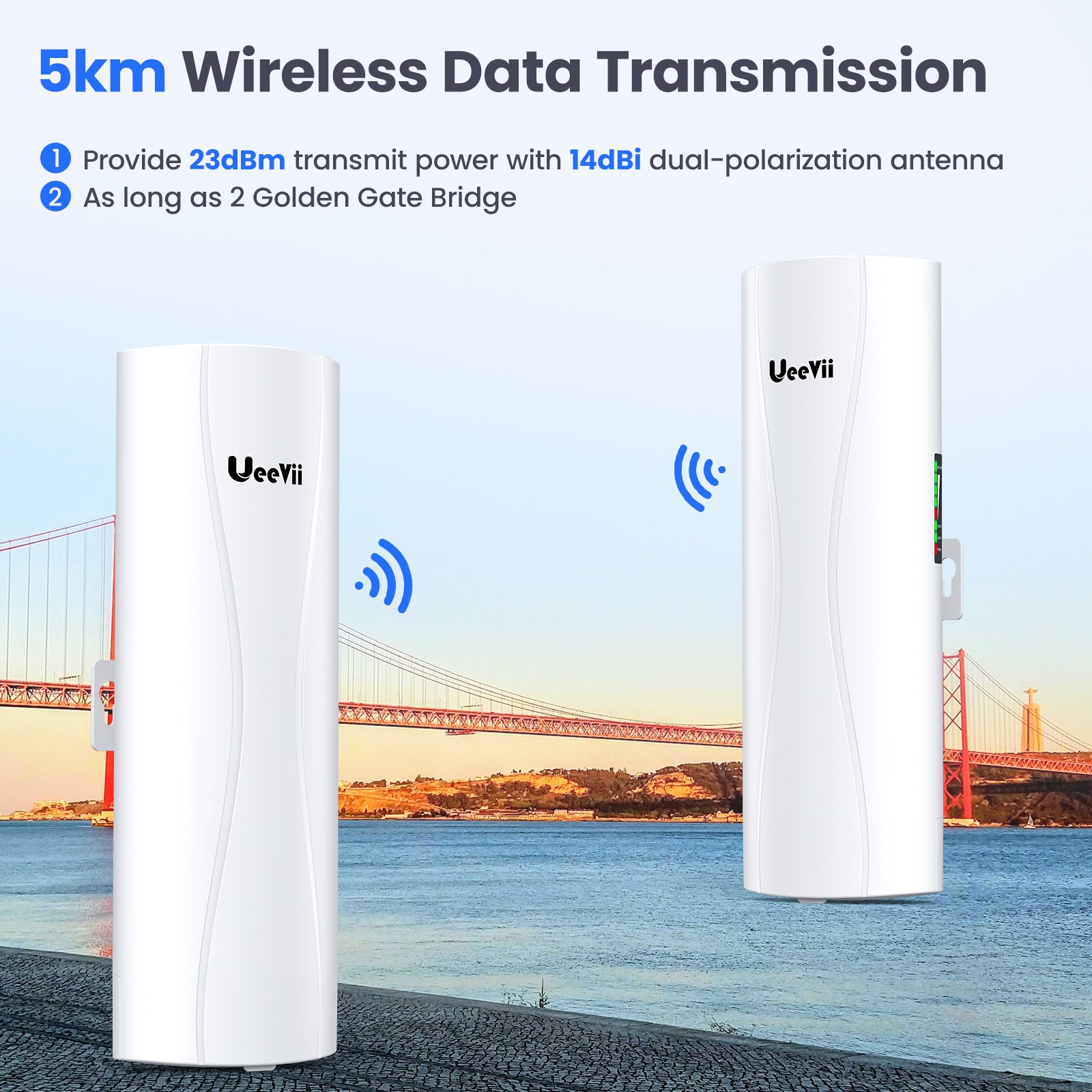Understanding Wireless Bridges: A Guide for Businesses
What are Wireless Bridges?
Wireless bridges are key tools in networking. They link separate networks through radio waves. This avoids cables and physical links. They're often used to connect distant buildings. Or to join devices in one local network. They can work indoors or outdoors. This boosts business networks without laying new wires. In simple terms, they extend Wi-Fi over larger areas.

The Role of Wireless Bridges in Modern Networking
In today's business world, wireless bridges play a pivotal role. They link various network segments. This helps to extend Wi-Fi coverage over large areas. It is vital in places where cables can't reach. Wireless bridges are key in modern networking. They allow data to move over distances without physical wires. This boosts flexibility in office layouts. Remote locations get network access too. Overall, wireless bridges help businesses stay connected. They do this without heavy cable setups. In the United States, this tech supports many firms. It aids in seamless data flow and maintains network integrity. For any US business, understanding this role is crucial. It can lead to better network design and enhance operations.
Strategies for Optimizing Wireless Bridge Deployment
Best Practices for Setting Up Wireless Bridges
Setting up wireless bridges effectively is vital for US businesses. Here are key practices:
- Site Survey: First, do a detailed site survey. Check the distance between points and potential obstacles.
- Choosing the Right Equipment: Select equipment suitable for your needs. Consider range, speed, and compatibility.
- Secure Placement: Place your devices in secure, high locations. Avoid physical obstacles for a clear signal path.
- Update Firmware: Keep your devices up to date. Regular firmware updates boost performance and security.
- Network Configuration: Configure your network properly. Use the right protocols and settings for your use case.
- Testing: Test your setup before full deployment. Check for stability and speed across the network.
- Professional Advice: Get expert help if needed. A consultant can spot issues and suggest improvements.
- Maintenance Plan: Set up a regular maintenance schedule. This keeps the network reliable and efficient.
Following these steps will help maximize your wireless bridge's potential. It will ensure a stable and high-performing network.
The Impact of Wireless Bridges on Business Operations
Case Studies: Successful Wireless Bridge Implementations
Wireless bridges can transform how businesses operate. To illustrate their impact, let's explore a few case studies where wireless bridge technology has been implemented successfully.
- A retail chain upgraded its network using wireless bridges. This allowed for real-time inventory tracking across multiple stores, leading to a 20% reduction in stock shortages.
- An event management company used wireless bridges to connect temporary outdoor venues. This ensured stable internet access for vendors and guests, resulting in higher customer satisfaction rates.
- A logistics firm implemented wireless bridges to connect their warehouse automation systems. The boost in data transfer speed led to a 30% increase in shipping efficiency.
These examples show that wireless bridges can provide substantial benefits, from inventory management to customer experiences.





